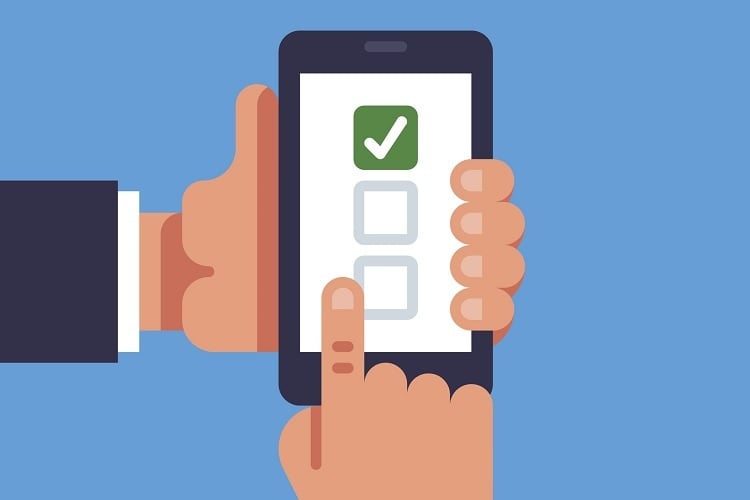Understanding Business Continuity Communication and Planning

There are a lot of buzz words and ideas floating around these days about the best way to prepare your team and organization for a threat or disaster. Some people believe that it’s best to stick to tried-and-true paper plans, others are moving towards storing all content and information in the cloud, and then there are the organizations who don’t believe an office emergency plan is required.
First of all, we’ll dispel that last myth right away - your organization most definitely needs an office emergency plan. The size of your organization and the type of work you do is irrelevant:
- Whether you have five employees or 500 - you need do know they are safe and prepared.
- Whether you’re building products for three customers or run an off-site storage company that has over 100 clients - you need to give your customers and third-party clients the confidence that business will continue and that you can deliver on your promises.
So what do you need to know about creating and implementing a business continuity plan? Frankly, there is a lot to know so in this blog post we’ll highlight some key aspects that you need to take into consideration when staring work on your office emergency plan or business continuity plan. (We’ve included some links at the bottom of this post to some excellent sample plans and additional resources on plan development.)
Know your organization
In order to write an effective and actionable office emergency plan, you really need to fully understand the roles and teams within your organization. It is not enough to roughly and quickly drop a few team leader names into a spreadsheet with a cell phone number.
Write down the members of each team in your organization and identify the team lead and secondary team lead. Now collect the cell phone and home phone numbers for each person and determine who can work off-site.
The next thing for you to do is to write down what you believe to be the vital aspects of each team’s responsibilities as they pertain to business success.
Know your keys to business success
Now that you know who is on which team and have an idea of what each team does, it’s time to schedule some meetings with the team leads and secondary team leads. In these meetings you want to drill down and determine the key aspects of each teams’ functions - you need to know clearly what each team does and how they are responsible for achieving the end goals of your business.
Knowing this information is vital in determining how to build your business continuity plan to ensure that you can still meet client demands. For example if the IT department only has one person who knows how the servers work - what will you do if this person is not able to come into the office during a massive snowstorm that coincides with a server outage?
The outcomes from these meeting should be things such as: scheduling training sessions for the secondary team leads, establishing priority contact lists in the event of a disaster or threat, understanding who should be contacted first and what information should be communicated, and the best ways to communicate with team members.
Now that you have a clear understanding of who and what is vitally important to ensuring you meet business goals - you need to think of your contingency plans.
You know who can work off-site - so make sure these people have laptops they take home with them every night or a computer at home which they can work on. Ensure these people know how to connect to the office - this may require some training.
For the people who cannot work off-site - do you have a temporary location in which they can work? What will you do if this is not possible - how will you meet your business targets and client commitments?
Know the best way to communicate
How are you going to contact your team leads in the event of a fire, building collapse, inclement weather, etc? What are you going to tell these team leads - remember that head of technical writing does not need to know the same information as your chief accountant and this person does not need to know the same details as the person in charge of your warehouse.
Your emergency communication plan must include who you’re going to contact, how you’re going to contact them and what you’re going to tell them. You must be prepared to communicate short and simple messages - remember in a state of crisis or panic - people often have trouble focusing - so keep your messaging concise and to the point.
Because every organization has a wide variety of team diversity, you will more than likely need multiple plans: an office emergency plan for product development, a plan for manufacturing, a plan for marketing and human resources, a plan for C-level executives, a plan for finance and operations, etc. Remember it is only by knowing your organization that you develop and create these multiple plans (there are no cookie cutter plans or one plan that will work for everyone).
It is worth researching the best options you have for business continuity communication. Look for communication options that allow you integrate everything you’ve learned about your organization - with a few swipes or clicks, you should be able to email, text and call your team leads and send out the exact message you need to communicate to the appropriate person.
Admittedly, this is a lot of information and it’s not something that you can act on quickly - make time in your calendars and those of your staff to ensure that a real and effective emergency communication plan is implemented.










